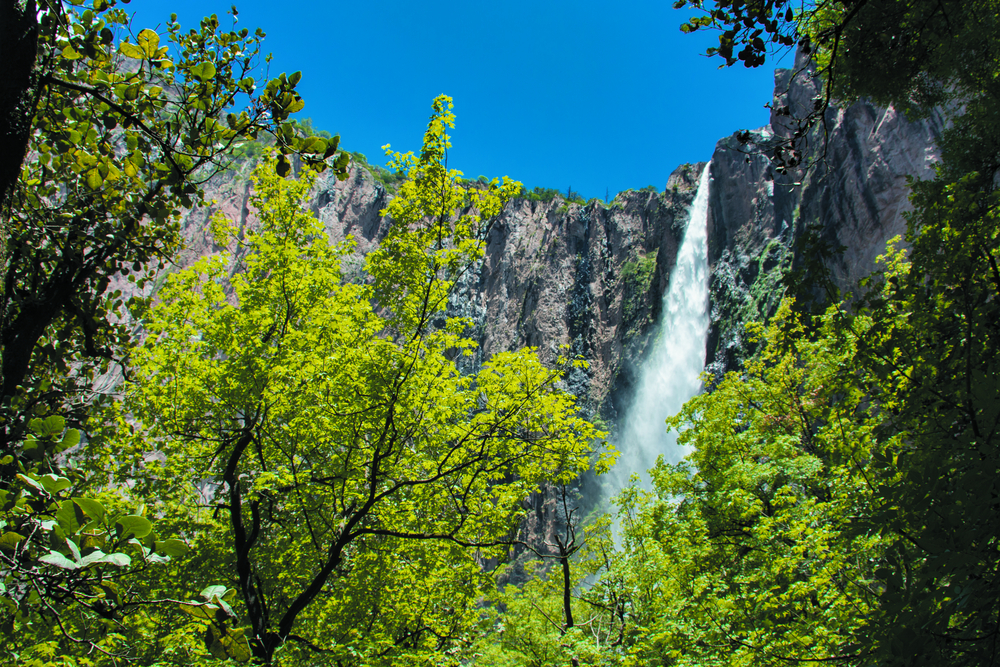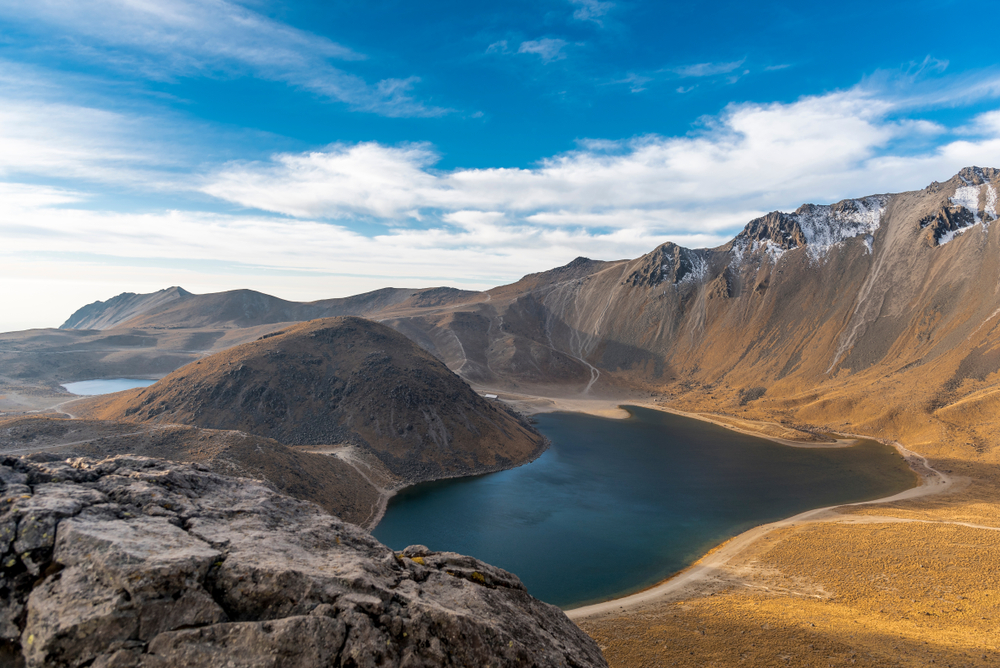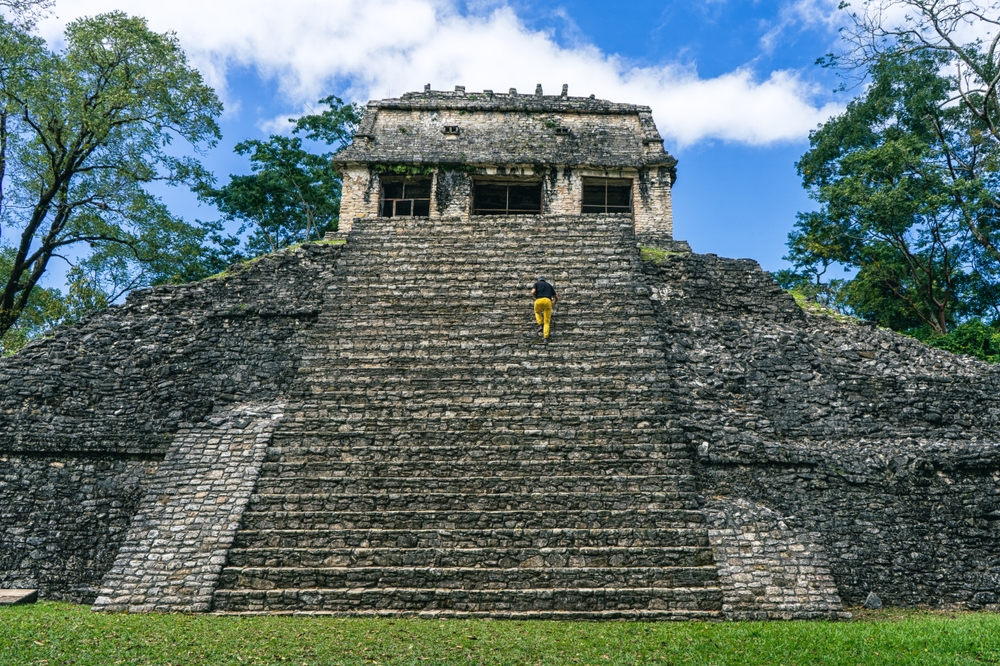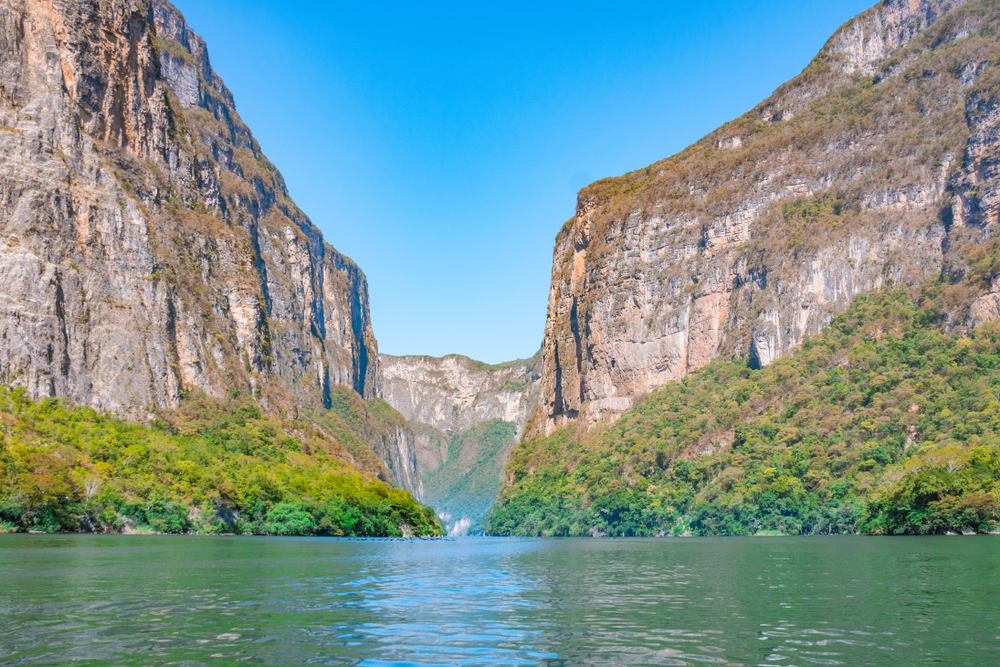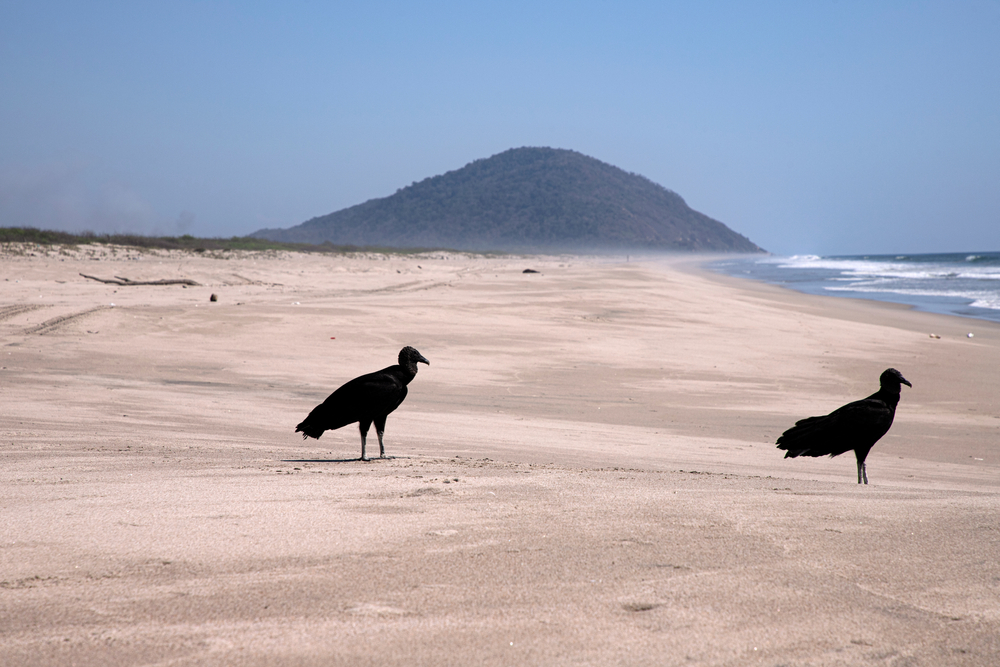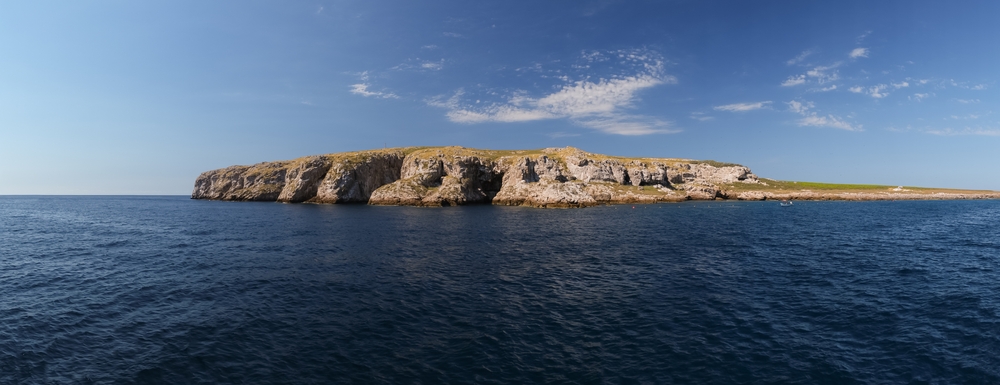San Lorenzo Marine Archipelago Overview
San Lorenzo Marine Archipelago National Park, known locally as Parque Nacional Marino Archipiélago de San Lorenzo, is a protected area located in the Gulf of California, off the eastern coast of Baja California, Mexico.
Established on April 25, 2005, the park encompasses approximately 50,442 hectares (504.42 square kilometers or 194.77 square miles) of both terrestrial and marine environments.
The archipelago includes several islands, notably San Lorenzo, Las Ánimas, Salsipuedes, Rasa, and Partida, all situated within the Mexicali Municipality. The largest of these, Isla San Lorenzo, lies southeast of the city of Mexicali, separated from the mainland by the Salsipuedes Channel.
The terrain of the San Lorenzo Archipelago is characterized by rugged, rocky landscapes with irregular coastlines featuring numerous sea cliffs. Elevation varies dramatically, rising from sea level to a peak of 485 meters (1,591 feet) above sea level on Isla San Lorenzo.
The islands’ arid environment supports sparse vegetation, primarily consisting of desert shrubs and cacti adapted to the dry conditions. The surrounding marine areas are rich in nutrients, fostering diverse marine flora, including various species of algae that provide essential habitats for numerous marine organisms.
The park’s rich marine biodiversity includes over 800 species of fish and 2,000 species of invertebrates. Notably, the waters serve as critical habitats for several endangered marine mammals, such as blue whales, humpback whales, killer whales, and sperm whales.
Marine reptiles, including green turtles, hawksbill turtles, and olive ridley turtles, are also present in the area. The islands themselves are vital nesting sites for various seabirds. Isla Rasa, for instance, hosts significant populations of Heermann’s gulls and elegant terns, accounting for about 95% of their global populations. Other bird species commonly observed include brown pelicans, American oystercatchers, Craveri’s murrelets, and magnificent frigatebirds.
Visitors to San Lorenzo Marine Archipelago National Park can engage in various activities to experience its natural beauty. The nutrient-rich waters offer excellent opportunities for scuba diving and snorkeling, allowing enthusiasts to observe the vibrant marine life up close.
Bird watching is particularly rewarding, given the numerous seabird colonies. Additionally, the park’s remote and pristine environment makes it ideal for ecological research and wildlife photography. Access to the park is typically achieved via boat, with departures from nearby coastal communities.
It’s essential for visitors to coordinate with local authorities or tour operators to ensure compliance with conservation regulations and to obtain necessary permits.
The establishment of the park in 2005 was a significant conservation success, aiming to protect the fragile ecosystems of the San Lorenzo Archipelago. The designation safeguards critical habitats for numerous threatened and endangered species, ensuring the preservation of both terrestrial and marine biodiversity.
Ongoing conservation efforts focus on monitoring wildlife populations, regulating sustainable fishing practices, and mitigating human-induced impacts. Challenges persist, including the need to balance ecological preservation with local economic activities and addressing threats such as climate change and illegal fishing.
Collaborative initiatives between governmental agencies, non-governmental organizations, and local communities continue to play a crucial role in the park’s effective management and conservation.











































































